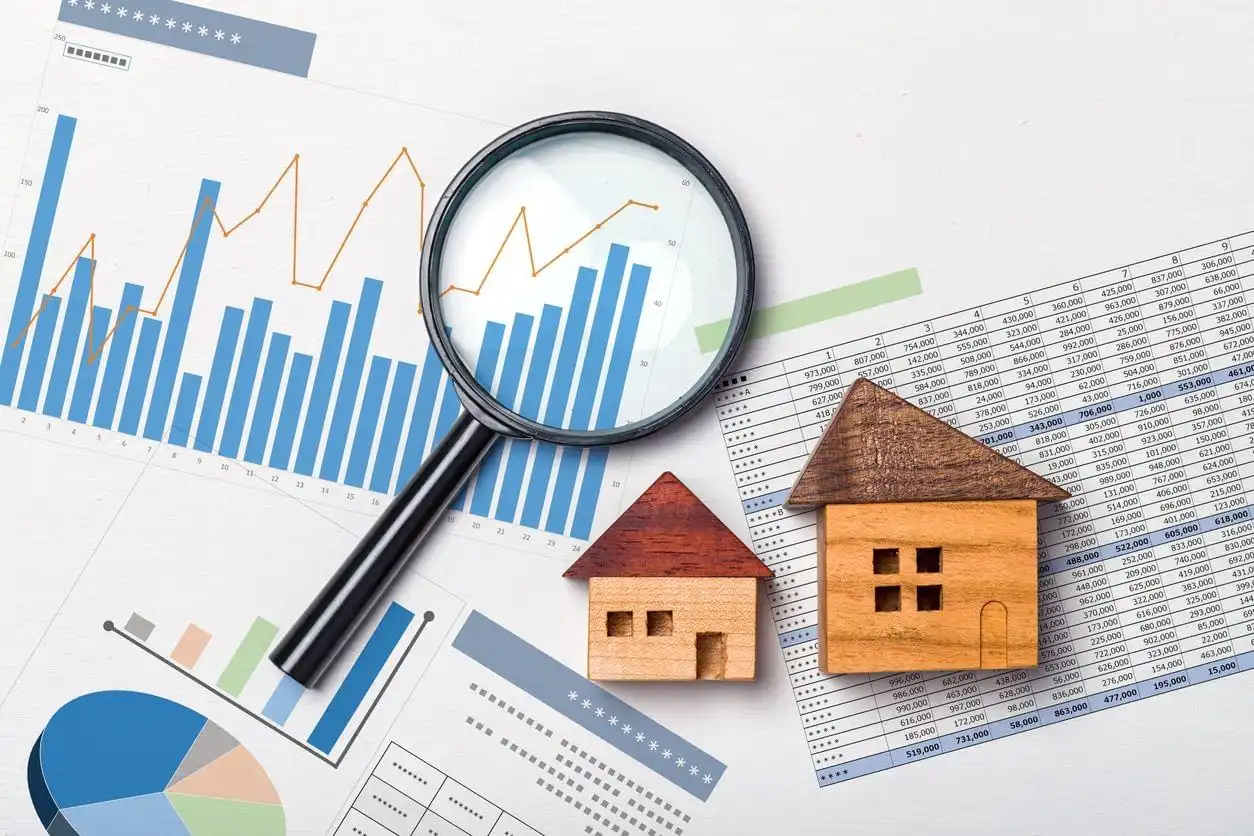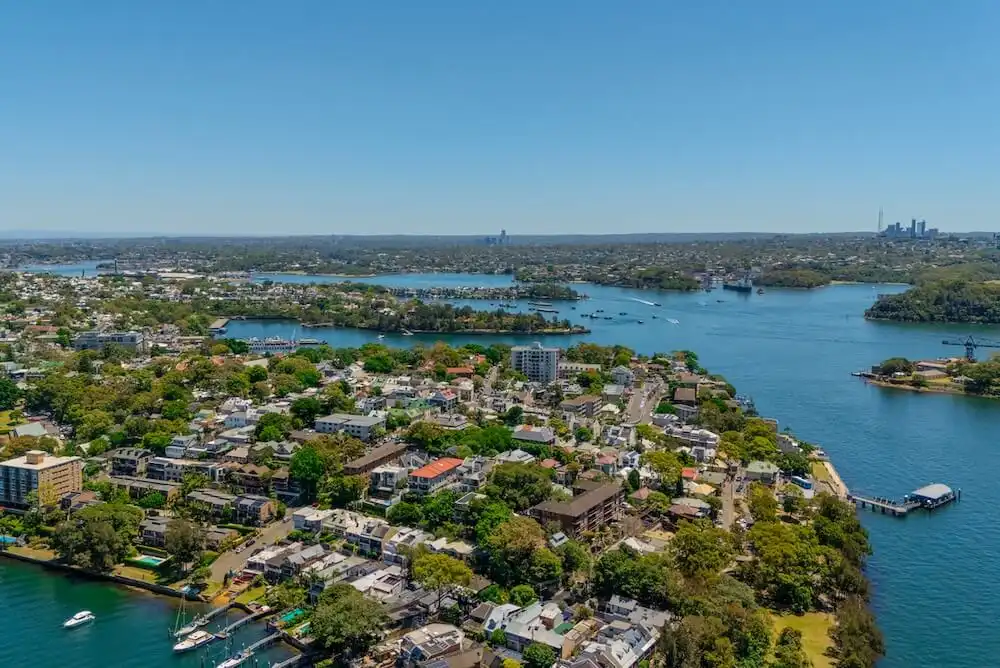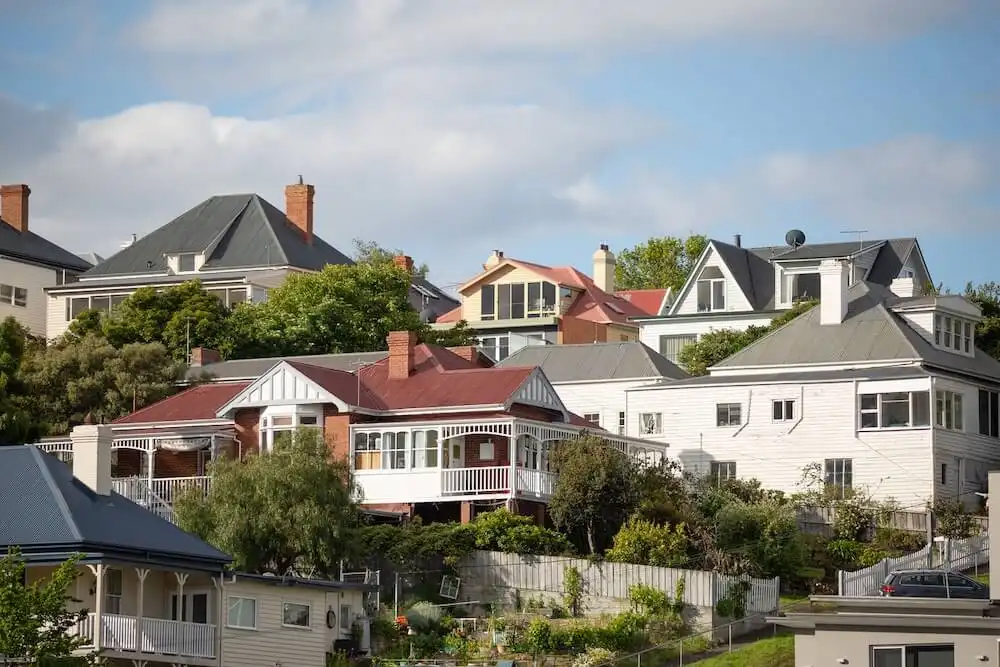Price growth shifts into a new gear in June
The upward momentum of Australian property prices continued to accelerate over the past month as interest rate cuts gave a boost to nearly every market.
With the latest inflation figures leading many forecasters to pencil in a third rate cut as soon as July 8th, conditions for further price growth in the second half of 2025 are strengthening.
Find out what's up ahead in this month's property market update.

Get a free property value estimate
Find out how much your property is worth in today’s market.
Australian property prices: June 2025
The national median home price rose by +0.6 per cent over June according to Cotality's latest report.
That brings gains for 2025 so far up to a strong +2.4 per cent, and there may be more to come.
| Market | Month | Quarter | Annual | Median value |
|---|---|---|---|---|
| Sydney | 0.6% | 1.1% | 1.3% | $1,210,222 |
| Melbourne | 0.5% | 1.1% | -0.4% | $796,952 |
| Brisbane | 0.7% | 2.0% | 7.0% | $926,243 |
| Adelaide | 0.5% | 1.1% | 8.0% | $837,176 |
| Perth | 0.8% | 2.1% | 7.0% | $819,885 |
| Hobart | -0.2% | 0.9% | 2.0% | $677,390 |
| Darwin | 1.5% | 4.9% | 6.0% | $537,471 |
| Canberra | 0.9% | 1.3% | 0.3% | $855,197 |
| Combined capitals | 0.6% | 1.4% | 2.7% | $918,408 |
| Combined regional | 0.5% | 1.6% | 5.5% | $685,193 |
| Australia | 0.6% | 1.4% | 3.4% | $837,586 |
Source: Cotality (formerly CoreLogic)
The resurgence of Sydney (+0.6 per cent) and Melbourne (+0.5 per cent) continued in June, bringing Sydney back to a new all-time high.
The mid-sized capitals hovered around a similar level; Perth was the standout for the month at +0.8 per cent, while Brisbane's +0.7 per cent and Adelaide's +0.5 per cent represented consistent, solid growth.
Darwin maintained blistering momentum with a further +1.5 per cent uplift, and Canberra also saw a strong return with +0.9 per cent, leaving Hobart as the only capital city to record a decline of -0.2 per cent.
It was all positive news across regional markets, with regional Queensland and South Australia delivering standout performances approaching +1.0 per cent.
Cotality's research director, Tim Lawless, reflected by saying, "The first rate cut in February was a clear turning point for housing value trends.
"An additional cut in May, and growing certainty of more cuts later in the year have further fuelled positive housing sentiment, pushing values higher."
Three key takeaways from the current market
A number of 2025 property trends have become more firmly entrenched while other shifts are now just emerging. Here are the headline issues worth tracking.
Inflation continues to trend down
The runaway inflation that caused the Reserve Bank of Australia (RBA) to begin hiking the cash rate back in 2022 looks to have been thoroughly vanquished.
Inflation data for May depicted another sharp decrease in headline inflation, driving expectations of another interest rate cut coming sooner rather than later.
Krishna Bhimavarapu, economist at State Street Global Advisors, told The Guardian that "We are convinced that the RBA needs to cut in July to safeguard growth as inflation is clearly out of their way now."
It's a view shared by many economists, and it paints a short-term future in which buyer demand could rise further.
Mr Lawless noted that "Lower interest rates go further than improving borrowing capacity and serviceability.
"Lower debt servicing costs, along with reduced cost-of-living pressures, should support consumer sentiment and high commitment decision making, working in favour of housing demand."
A lack of supply is adding upward pressure to prices
For would-be sellers, the biggest tailwind right now is scarcity in stock on the market.
National listing volumes are almost 6 per cent lower than a year ago and nearly 17 per cent below the five-year average, while overall turnover is tracking slightly under normal levels.
Mr Lawless pointed out that, even with buyer demand a touch softer than usual, "advertised supply is scarce, creating a more balanced market for buyers and sellers."
That tight stock means homes on the market are experiencing less direct competition, helping support stronger price results.
The mood on the ground backs this up: auction clearance rates climbed to the mid-60 per cent range in late June, nudging above their decade average.
As Mr Lawless put it, “Improved selling conditions can be seen in [rising] auction clearance rates,” a clear sign that well-marketed homes are finding committed buyers quickly.
Rental growth is cooling as affordability approaches a ceiling
After several trying years for tenants, the rental market's momentum has eased sharply in recent months.
Cotality’s index shows national rents rose just +1.3 per cent in the June quarter, the slowest Q2 gain since 2020, and annual growth has slipped to 3.4 per cent, the lowest pace in four years.
Mr Lawless noted that this slowdown is happening "despite vacancy rates holding around the mid-1 per cent range, well below the pre-pandemic average of 3.3 per cent."
The shift points to stretched affordability as the main brake on rapid rent rises. With tenants already spending roughly one-third of pre-tax income on rent, the capacity to absorb bigger hikes is limited, and softer overseas migration is curbing demand.
Investors have also been returning to the market in significant numbers, which should help to further ease tenants' struggles to keep up.
What's next for Australian property?
Once again, all eyes will be locked onto the RBA's July 8th meeting to see whether or not a third interest rate cut will be announced in the space of just five months.
The money markets, along with a range of economists, are predicting the central bank's decision will be to deliver another cut — and, if they don't, it's widely expected another rate reduction will be just around the corner anyway.
So far in 2025, the two rate cuts we've seen have had a marked effect on Australia's property markets, lifting prices almost in unison around the country. A third is likely to have a similar impact.
Other upsides for real estate include a steadily low unemployment rate, an ongoing shortage of available stock on the market, and a less-than-promising number of newly built homes in the pipeline to help top up supply any time soon.
But affordability restraints are an ever-present concern for buyers, and population growth has eased closer back towards average levels, potentially putting a dampener on the kind of runaway price growth we saw in booms like 2021.
Cotality's report concludes that, "Overall, the tailwinds of lower interest rates, higher confidence, tight labour markets and low housing supply are likely to outweigh the headwinds, providing the foundations for further modest growth in housing values in 2025."







